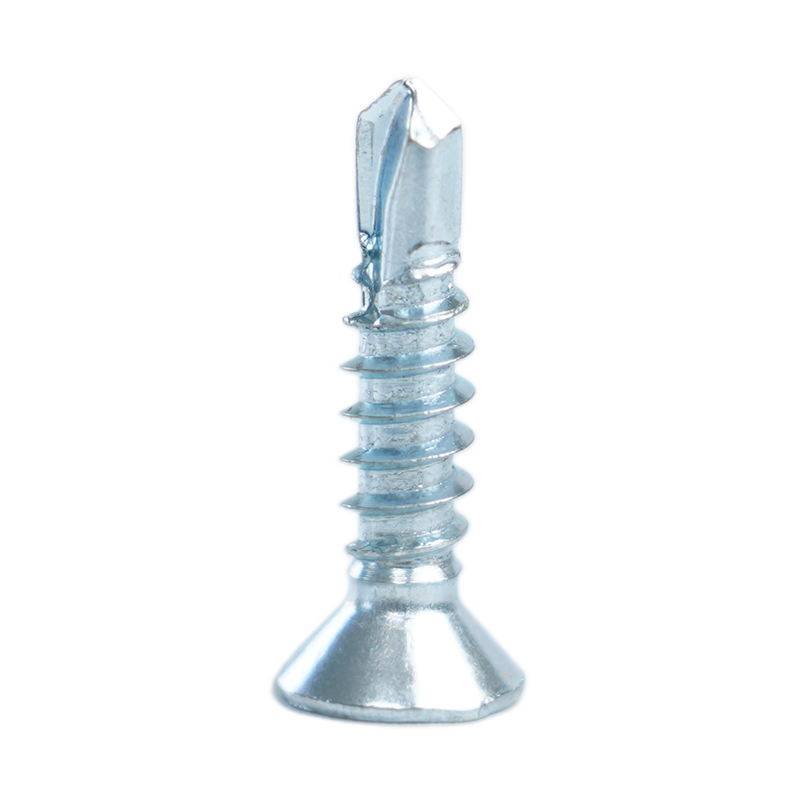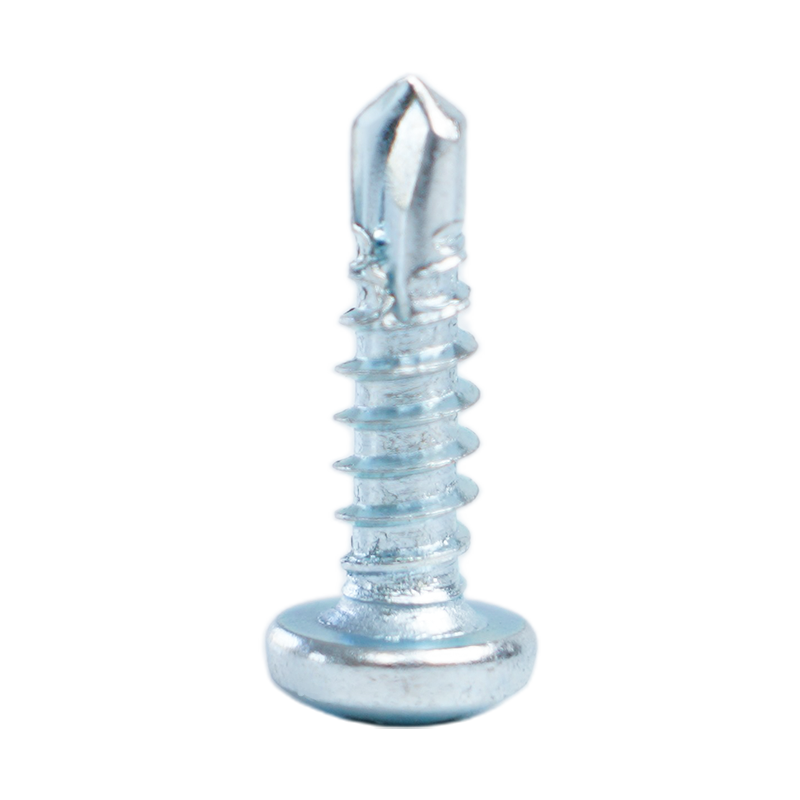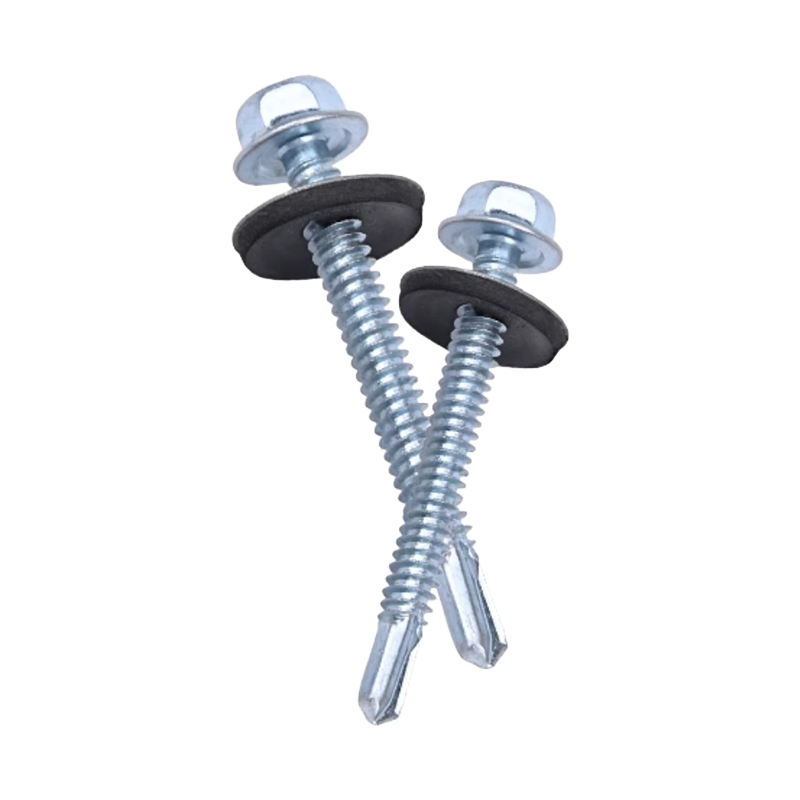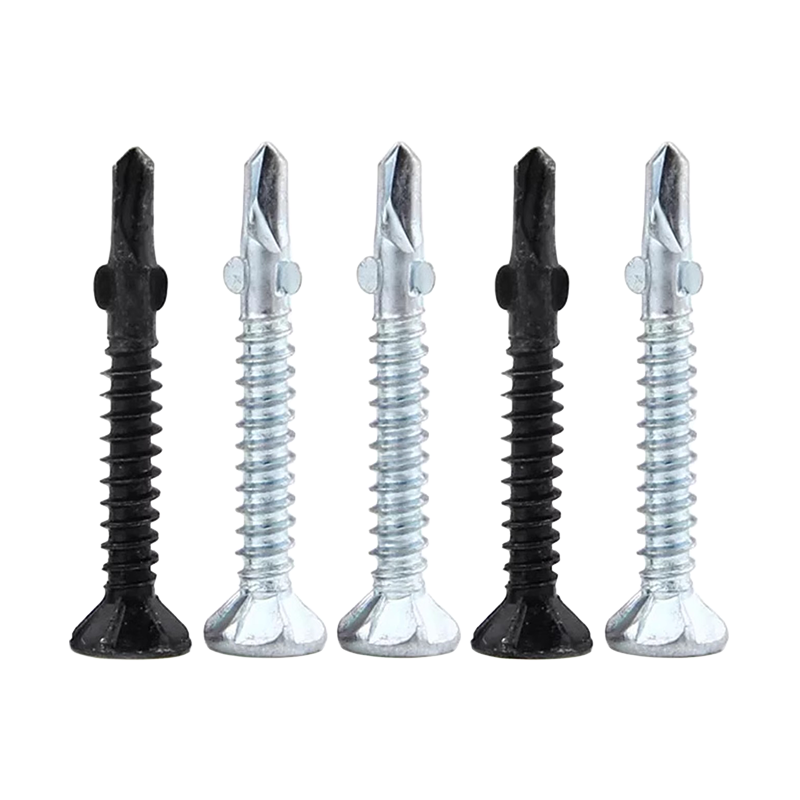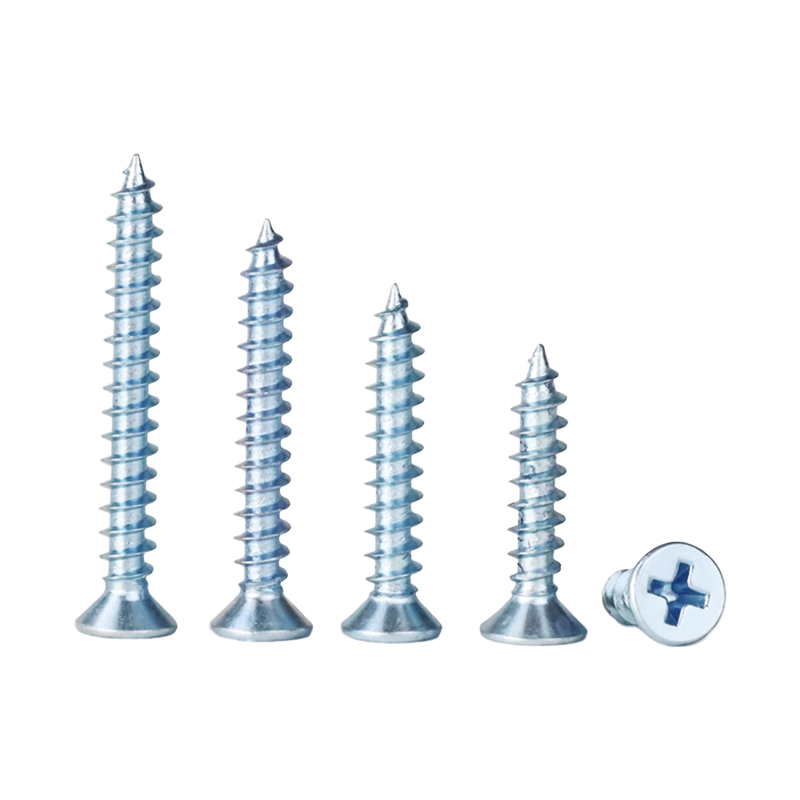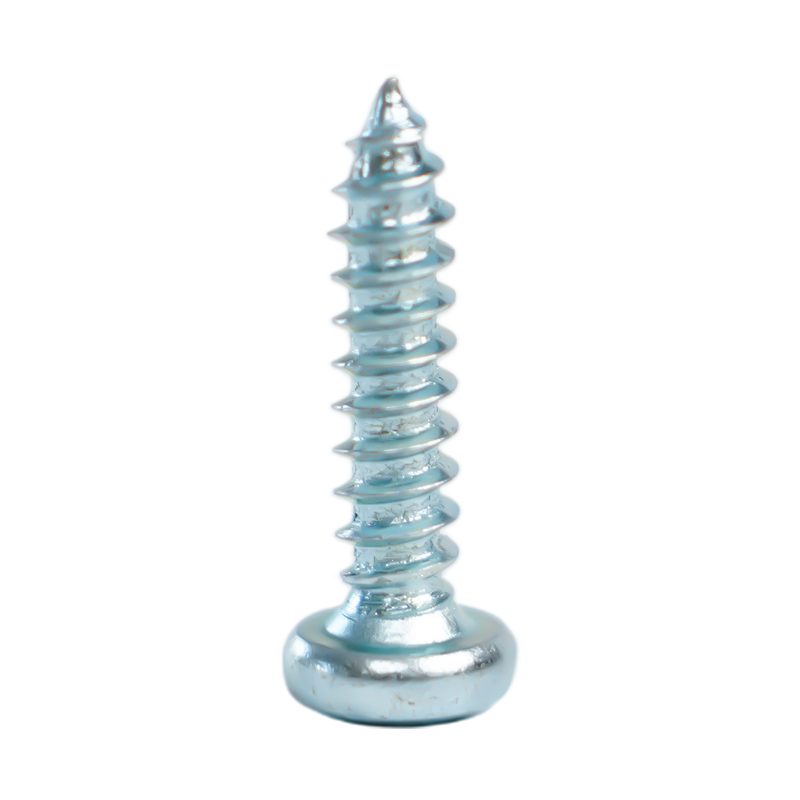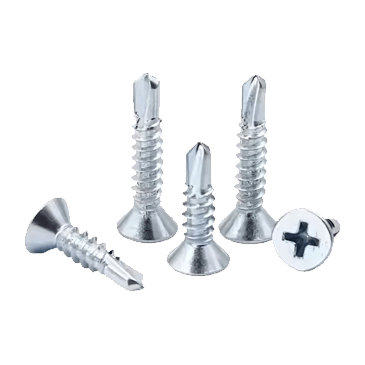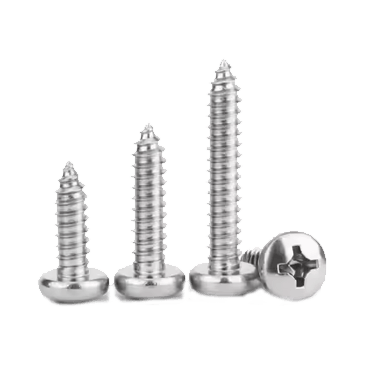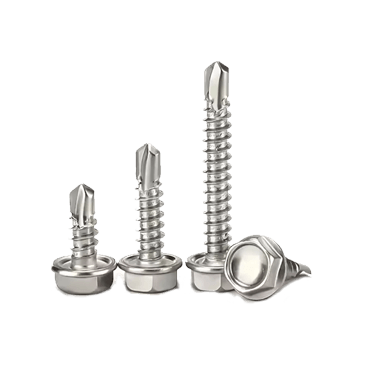1. The important position of window openers in modern buildings
At a time when the city skyline is constantly refreshing its height and the architectural forms are becoming increasingly diverse, modern buildings are accelerating towards intelligent and humanized directions. As an important interface for buildings to communicate with the outside world, the functions of windows have expanded from simple lighting and ventilation to multiple dimensions such as regulating microclimate, optimizing energy utilization, and improving spatial comfort. The emergence of window opener is like a precise "key" that unlocks more possibilities for windows in modern buildings.
Take the city's landmark buildings as an example. Those super-high-rise buildings with unique shapes and complex structures often have very creative window designs on their facades. However, the complex shapes and high-altitude locations make it almost impossible to achieve traditional manual window opening methods. With advanced technical means, Window Opener perfectly adapts to these special designs, allowing windows to meet aesthetic needs while still being able to play practical functions. In the field of residential buildings, as people's requirements for living quality continue to increase, window openers have also become an important element to improve the convenience and comfort of home life. Whether it is the elderly, children, or people with limited mobility, they can easily operate windows and enjoy the breath of nature. From the perspective of the overall building environment, the widespread use of window openers has promoted the transformation of buildings from passive enclosure structures to active environmental regulation systems, and has played a key role in the sustainable development of modern buildings.
2. Core functions and working principles of window openers
(I) Core functions that break through traditional operating limitations
The operation method of traditional windows is limited by human strength and limb range of motion, and there are many limitations. In large commercial complexes, some atrium skylights are huge in size, and manual operation is not only difficult to achieve, but also poses safety risks; in some historical building renovation projects, in order to preserve the original architectural style, the window opening method may be designed to be more special, and manual operation is not only inconvenient but also easy to damage the window. The window opener has completely changed this situation by introducing mechanical power and intelligent control. It can easily handle windows of different sizes and weights. Whether it is a large floor-to-ceiling window or a small ventilation window, it can achieve smooth and accurate opening and closing. Moreover, the window opener can also set different opening angles and speeds according to different usage requirements to meet diverse ventilation and lighting needs.
(II) Detailed explanation of the working principle of manual and automatic window openers
Although the manual window opener relies on human power, its design fully considers labor saving and convenience. Taking the common chain-type manual window opener as an example, its chain is made of high-strength alloy material with good wear resistance and tensile resistance. During operation, the user only needs to pull the chain, and the chain drives the internal gear set to rotate. The gear set transmits power to the window shaft or slide rail through the transmission mechanism, thereby realizing the opening and closing of the window. This structural design allows users to drive heavier windows with less force, and even women or children can operate it easily. The screw-type manual window opener uses the principle of spiral motion of the screw. When the handle is turned, the screw rotates in the nut and moves linearly, pushing the slider connected to the nut, and the slider drives the window to move. The advantages of this type of window opener are smooth transmission and good self-locking performance, which can stabilize the window in any opening position.
The working process of the automatic window opener is more intelligent and automated. Its core component, the motor, has a variety of types to choose from, such as DC motors and AC motors, depending on different application scenarios and window specifications. DC motors have the characteristics of smooth operation, low noise, and low energy consumption, and are suitable for places with high requirements for noise and energy consumption, such as residences and hospitals; AC motors are powerful and suitable for driving large windows or skylights. The controller, as the "brain" of the automatic window opener, integrates advanced microprocessors and control algorithms. It can receive signals from various sensors, including temperature sensors, humidity sensors, wind and rain sensors, air quality sensors, etc. When the temperature sensor detects that the indoor temperature exceeds the set threshold, it will transmit the signal to the controller. After analysis and judgment, the controller immediately sends a command to the motor to start the window opener to open the window. At the same time, the automatic window opener can also be seamlessly connected with the building automation system (BAS) of the building to realize functions such as remote control, timing control, and linkage control. Users can control the opening and closing status of windows and view the operation information and environmental parameters of windows anytime and anywhere through mobile phone APP, smart panels and other terminal devices.
III. Wide application of window openers in multiple building scenarios
(I) High-rise buildings: dual guarantee of safety and convenience
In super high-rise office buildings, window openers are closely integrated with the building's intelligent security system. When an emergency such as fire or earthquake occurs, the window opener can automatically receive signals from the fire alarm system or earthquake monitoring system, quickly open the window, provide a natural smoke exhaust channel for the interior of the building, reduce smoke concentration, and buy precious time for personnel evacuation. At the same time, in daily use, the window opener can automatically adjust the opening angle of the window according to the monitoring data of the wind speed sensor. When encountering strong winds, the system will automatically reduce the window opening to avoid damage to the window due to excessive wind force, ensuring the safety of the building's facade.
(II) Shopping malls: a tool for creating a comfortable shopping environment
The skylight design of large shopping malls often combines beauty and practical functions. In some shopping malls with glass dome designs, the window opener can automatically adjust the degree of opening of the skylight according to the intensity of sunlight by linking with the light sensor. In the early morning and evening, when the sunlight is relatively soft, the skylight can be opened to a large extent to allow more natural light to enter the room and create a warm and comfortable shopping atmosphere; when the sunlight is strong at noon, the skylight is appropriately closed to reduce the solar radiation heat entering the room and reduce the cooling load of the air conditioner. In addition, during holidays or promotional activities, the flow of people in the mall surges and the air quality is prone to decline. The window opener will open the window in time according to the feedback from the indoor carbon dioxide concentration sensor, introduce fresh air, keep the air fresh, and enhance the customer's shopping experience.
(III) Office building: a caring assistant to improve office efficiency
In modern smart office buildings, the window opener is deeply integrated with the smart lighting system and air conditioning system of the office space. Through the real-time monitoring of indoor light, temperature, humidity, air quality and other parameters by sensors, the window opener works with other equipment to form an intelligent environmental adjustment system. For example, when the indoor light intensity is sufficient, the window opener will close the window appropriately to reduce heat loss, and the intelligent lighting system will automatically reduce the light brightness to achieve energy saving effect; when the indoor air quality is poor, the window opener will be opened for natural ventilation first. If the ventilation effect is not ideal, the air conditioning system will start the fresh air function to ensure that the indoor air quality is always good. In addition, for some companies that adopt open office space design, the silent operation characteristics of the window opener are particularly important. While providing fresh air to employees, it will not produce noise interference, which helps to create a quiet and focused working atmosphere.
(IV) Hospital: An important facility to protect the health of patients
In the ward area of the hospital, the design of the window opener fully considers the needs and safety of patients. The opening method of the ward window can be operated through the bedside control panel, and the patient can easily control the opening and closing of the window without getting up. In addition, the window opener has an anti-pinch function. When the window encounters an obstacle during the closing process, it will stop immediately and open in the opposite direction to prevent the patient from being injured during the operation. In the infectious disease area, the window opener is linked with the negative pressure ventilation system to achieve safe ventilation and prevent the spread of viruses while ensuring the cleanliness of the ward air. In the operating room, the operation of the window opener must meet strict cleanliness requirements. Its materials are antibacterial, dust-proof, and easy-to-clean. In addition, it will not generate dust and static electricity during operation, ensuring that the sterile environment of the operating room is not affected.
(V) Other building scenarios
In industrial plants, the application of window openers meets the special environmental requirements of different production processes. For example, in the electronic production workshop, in order to ensure the cleanliness and temperature and humidity stability in the workshop, the window opener is linked with the workshop's purification air conditioning system and temperature and humidity control system to accurately control the opening and closing of the window according to production needs. In the textile plant, since a large amount of heat and moisture will be generated during the production process, the window opener will open the window in time for ventilation and exhaust heat and moisture according to the monitoring data of the temperature and humidity sensor and the smoke sensor, prevent the equipment from being damaged by moisture, and ensure the smooth progress of production.
As cultural and educational places, schools and libraries have high requirements for a quiet and comfortable environment. The window opener adopts a silent design in these places, and the noise is extremely low during operation, which will not affect the learning and reading of teachers and students. At the same time, through the timing control function, the window opener can automatically open the window during breaks and lunch breaks to replace fresh air in the room and create a healthy learning and reading environment. Moreover, during the winter and summer vacations when schools and libraries are closed, the window opener can also open the window regularly according to the preset program to keep the indoor air circulating and prevent odor and mold from being generated in the room due to long-term closure.
How does Window Opener revolutionize the window operation and environmental experience of modern buildings?
2025-06-19

 +86-15052135118
+86-15052135118 

 Español
Español
 Get In Touch
Get In Touch


